This was the first question put to us at the third of our explorations into ‘Primary Schools’. A mixture of tentative and enthusiastic hands went up, and those that didn’t know a clapping game were soon learning one from someone in the group that did. It did seem to fit the stereotype at first that it was predominantly the younger people and females in the group who had a game to teach, but the games and chants soon proliferated around and before long people were sharing their newly learnt game with someone else.
A simple exercise, but it brought the intergenerational value into sight as younger and older shared clapping games from their days in the playground, intersecting age, background and gender. Conversations I had with people that evening emphasised the value in the wide variety of people that take part in these sessions; a returning member said she comes back because ‘it’s inclusive, being here isn’t dictated by age or anything else’, another person who enjoyed her first session at Bubble last week, and plans to come back, shared her first impression of the group – ‘it’s interesting how many different backgrounds and ages there are here’.
When showing the clapping games back to each other, we pondered as a group what it is that makes clapping games an enduring phenomenon – are they just something to do to extinguish playground boredom? Is it about something creative? Or is it about winning? A mum and daughter showed us back a clapping game that elicits a winner and a loser, the mum squealing as she made a mistake and lost. It seemed there was pleasure to be had in racing to go as fast as you could, with a mistake costing you the game.
Now who can remember making or looking at a ‘nature table’ at primary school? This was next on the evening’s agenda; in small groups we set about making our own ‘nature table’, the contents of which would be centred on one topic and could be as wide and as playful as our roaming imaginations. Groups set off round the Bubble building and surrounding park gathering objects to illustrate their chosen theme, thinking also about how to arrange and ‘present’ their table to the rest of the group. It was a rewarding exercise in thinking laterally about a topic and tuning into environment to spot objects that would convey an aspect of something, as well as an exercise in teamwork.
Attention and importance was given to the process of explaining and demonstrating the contents of each nature table; the group curating ‘water’ demonstrated buckets and bottles and watered some plants in front of us, the ‘rainbow’ team were inspired by the brightly coloured T shirts of the group and incorporated themselves into their nature table (the inclusion of the white/off white/yellow toilet roll caused confusion and discussion as its colour was debated!). It was interesting how the other themes – pets, summer, an office – had a similar simplicity and naivety to them. Maybe this was a reflection of how we were approaching the broader subject matter at the moment, or perhaps to do with people gently getting to know each other.
We wondered what our ‘nature tables’ of primary school might look and feel like if we were to curate one about school celebrations or teachers, or maybe school dinners, or the playground. A group applied this to ‘school chants’ by asking to be greeted with ‘good morning everyone’ before replying in monotonous unison with ‘Good morning Mrs. Henderson’. What might the others be like?
And what if we did one about teachers? We would need to include their mannerisms and body language; it was time to get into our bodies and relive the physicality of being in that environment. To get this started we mirrored a partner’s movements in pairs, echoing the lines their limbs sketched out, and then mimicking the particularities of how that person walks across the room and sits in a chair. Watching these back as a group was entertaining and brought out people’s different nuances, it was a chance to get to know each other non-verbally by noticing each other’s movements and relationship to space.
Translating this into recalling our teachers movements brought into sharp relief some of the particular movements and body language we remembered from school. We curated these in small groups to perform back; the sharp, energetic and demonstrative pointing of one teacher balanced by the still, moody, expectant stance of another. Theatrical and dynamic sketches were beginning to emerge…
